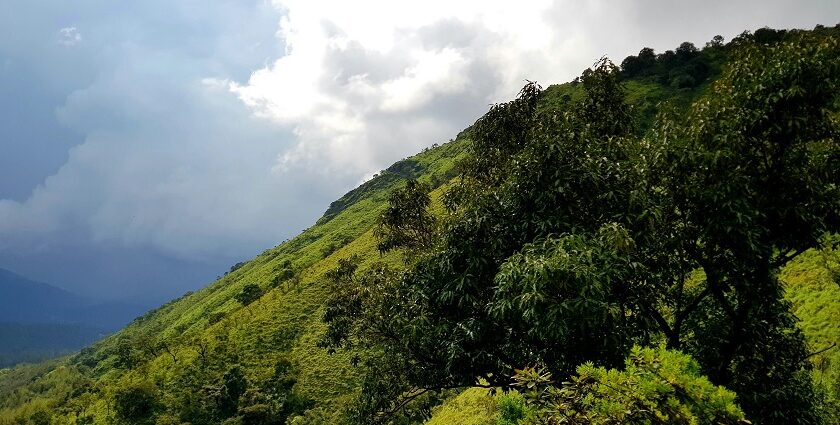If you’ve ever wondered what is Chikmagalur famous for, the answer lies in its coffee, hills, and easygoing charm. While its aromatic coffee plantations are the most well-known, Chikmagalur offers far more. Tucked in Karnataka’s Western Ghats, it blends mist-covered peaks, flowing streams, ancient temples, and bustling local markets. The air carries a mix of roasted beans and fresh mountain breeze, inviting slow walks and scenic drives. Whether you’re trekking rugged trails or enjoying peaceful village lanes, Chikmagalur leaves you with memories as rich as its brews.
7 Amazing Things That Show What Is Chikmagalur Famous For
If you’re wondering what is Chikmagalur famous for, it’s much more than just coffee — it’s nature, culture, and peace.
1. Birthplace Of Coffee In India
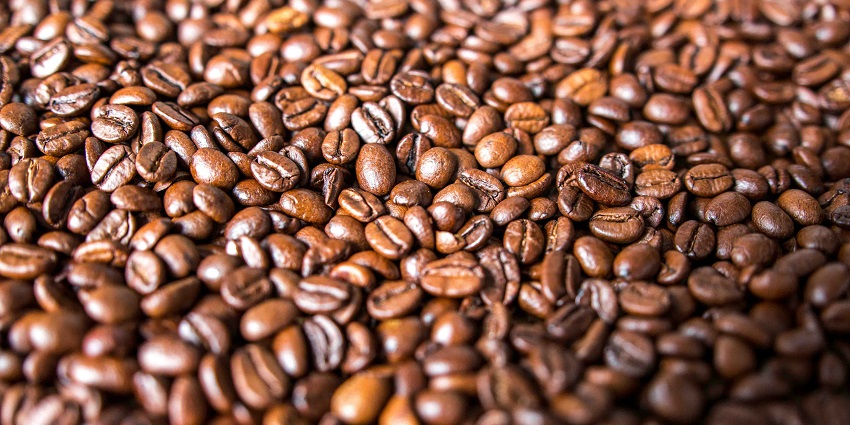
Photo: Mark Daynes / Unsplash / Image For Representation Only
Walk a short way from town, and you’ll find yourself in coffee country. Legend says a 17th-century Sufi saint brought seven beans from Yemen and planted them here, making Chikmagalur India’s coffee cradle. The hills are lined with plantations—some sunlit, others shaded by silver oaks. In harvest season, the air smells of earth and roasted nuts. Estate tours reveal cherries being handpicked, pulped, dried, and roasted. Planters speak of their coffee like old friends, each cup carrying generations of skill, patience, and quiet pride.
2. Scenic Peaks And Trekking Trails
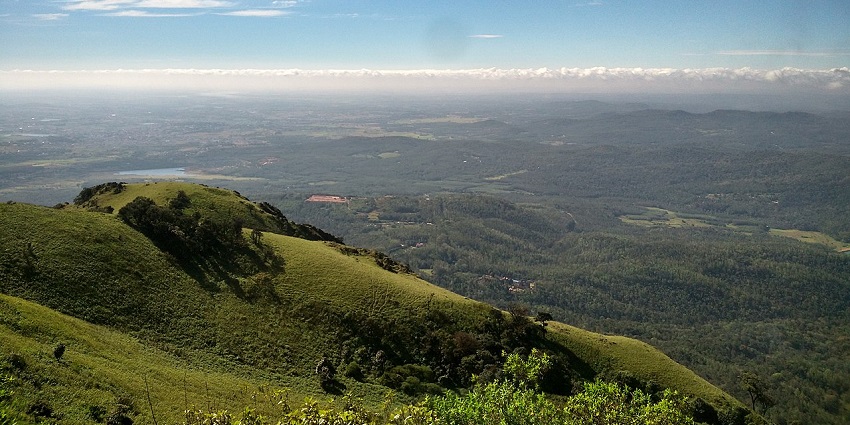
Photo: Avinash Kumar Singh / Wikimedia Commons
Mullayanagiri Peak, at 1,930 meters, is Karnataka’s highest point. The climb is gentle but offers plenty of moments to pause, breathe, and admire valleys shifting in hues of green beneath you. At the top, a small temple invites trekkers to leave offerings before descending. Nearby, Baba Budangiri—a range named after the saint who introduced coffee—is filled with shrines, caves, and vibrant wildflowers. Kudremukh, shaped like a horse’s face, features rolling grasslands, streams, and shola forests where the scent of wet leaves and wild ginger fills the air, making every step memorable.
3. Waterfalls And Natural Wonders
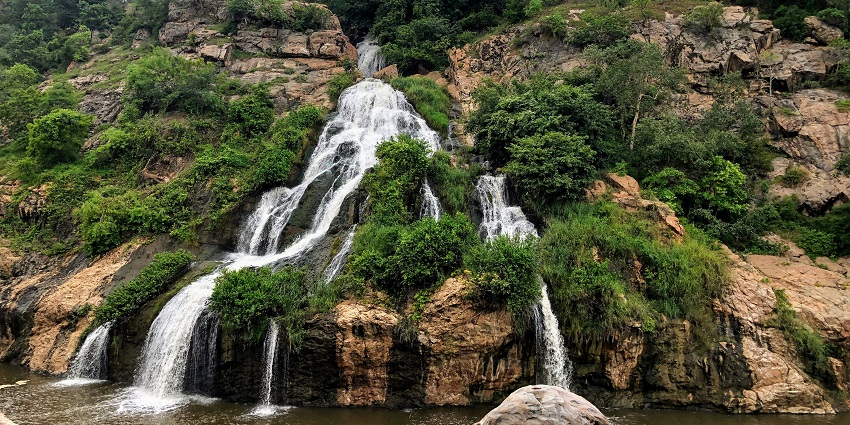
Photo: Arif Khan / Unsplash / Image For Representation Only
Reaching Hebbe Falls is an adventure itself, with a bumpy jeep ride followed by a short forest walk. The two-tiered waterfall drops over 150 meters, its spray cooling your face as its roar fills the air. Jhari Falls, also called Buttermilk Falls, is named for its frothy white water tumbling over rocks, hidden inside private coffee estates. Manikyadhara Falls, smaller but believed to have healing powers, stays cool year-round and is popular near Baba Budangiri. During monsoon, many small streams come alive, some spilling onto roads, others hidden deep in the forest.
4. Wildlife And Protected Areas
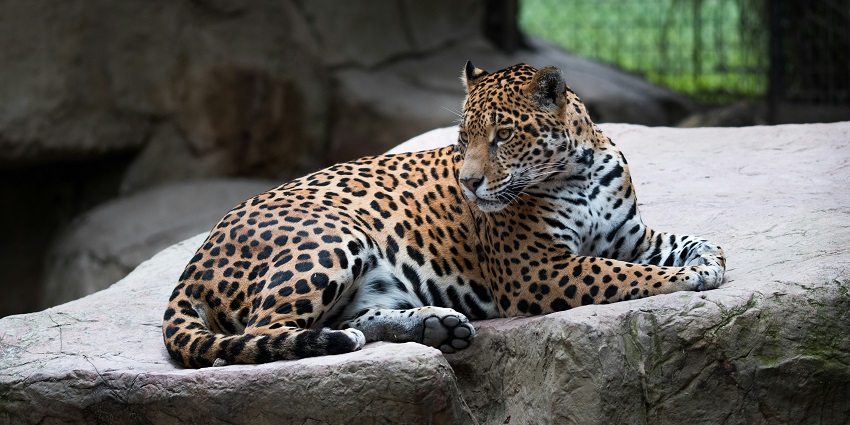
Photo: Uriel Soberanes / Unsplash / Image For Representation Only
Bhadra Wildlife Sanctuary spans forests, grasslands, and riverbanks, sheltering elephants, tigers, leopards, wild dogs, and many bird species. Each safari offers a unique experience—one day you may see elephants wading, another the splash of a diving kingfisher. The journey to the sanctuary is charming, passing villages and coffee estates as the air cools with elevation. Kudremukh National Park, beyond trekking, is a protected area of evergreen forests where you might spot Malabar civets, sloth bears, or giant squirrels. Its streams nourish rivers flowing far beyond the park’s borders.
5. Historical And Cultural Heritage
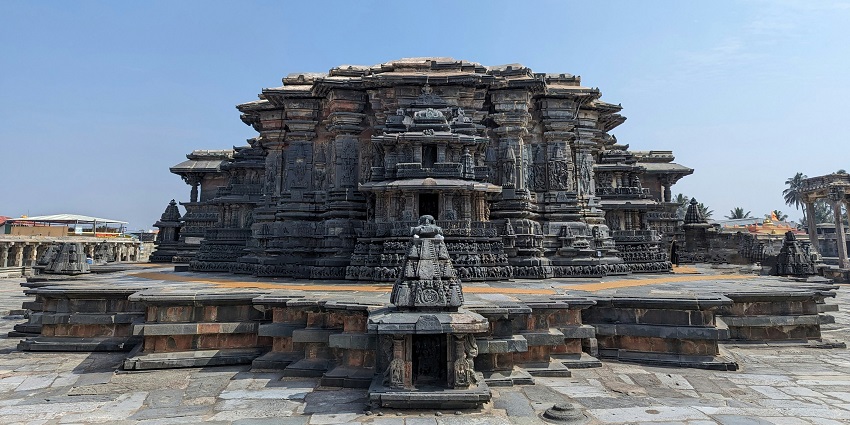
Photo: Pavan Sai Thummala / Unsplash / Image For Representation Only
Chikmagalur’s temples tell timeless stories carved in stone. The Veera Narayana Temple in Belavadi stands out with its star-shaped platform and intricate details, so sharp you can almost feel the sculptor’s touch. Walking among its pillars, your footsteps echo through centuries of history. The walls, smooth and rough in places, have weathered countless storms. Local festivals bring the town alive—farmers offer their harvest, priests make offerings, and drums and folk songs fill the air. Food stalls serve fresh snacks from the fields, welcoming all to join the lively celebrations.
6. Cuisine And Local Specialties
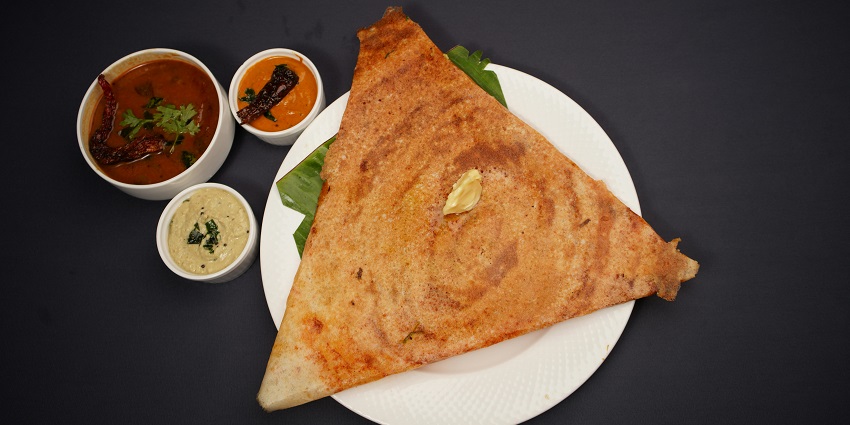
Photo: Jack Baghel / Pexels / Image For Representation Only
Malnad flavours begin with the aroma of coconut frying in ghee, mingling with fresh ground spices. Traditional dishes like akki rotti, neer dosa, and pathrode have been made the same way for decades, served with vegetable stews, tangy chutneys, and wild greens picked fresh. Coffee here is a ritual, with guests warmly offered a strong, sweetened filter coffee upon arrival. Local markets overflow with spices like pepper and cardamom, plus areca nut and jaggery. Visitors often leave with bags of coffee beans, homemade pickles, or snacks from roadside stalls.
7. Pleasant Climate And Scenic Drives
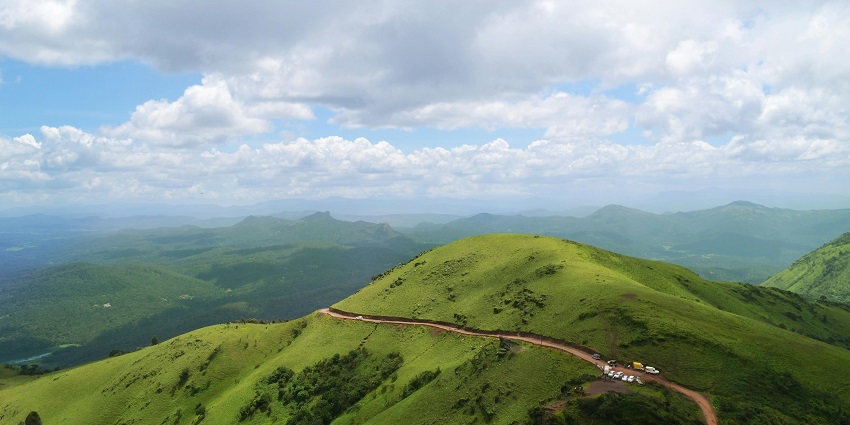
Photo: Satheesh Sankaran / Pexels
Sitting nearly a thousand meters above sea level, Chikmagalur enjoys mild weather. Summers are perfect for gentle walks, with cool evenings needing a light sweater. During the rains, the hills turn lush green, and streams spill onto roadsides. Winter mornings bring a crisp chill that makes you hold your coffee mug tightly before stepping out. The drives are a highlight—roads winding through coffee estates lead to breathtaking views. Near Baba Budangiri, old trees and tea stalls fill the bends with the aroma of cardamom. Kudremukh’s route is quieter, often wrapped in thick monsoon mist.
So, what is Chikmagalur famous for? Coffee, yes—but also for crisp mountain air, waterfalls singing in the rain, and ancient temples humming with history. It’s known for comforting food, winding roads that invite exploration, and warm, unhurried welcomes. Visitors often arrive expecting a quick visit but leave carrying a piece of its quiet charm and unforgettable memories. Plan your journey with TripXL to experience it all firsthand.
Cover Photo: Arun Yokesh / Unsplash


 WhatsApp
WhatsApp
 Twitter
Twitter
